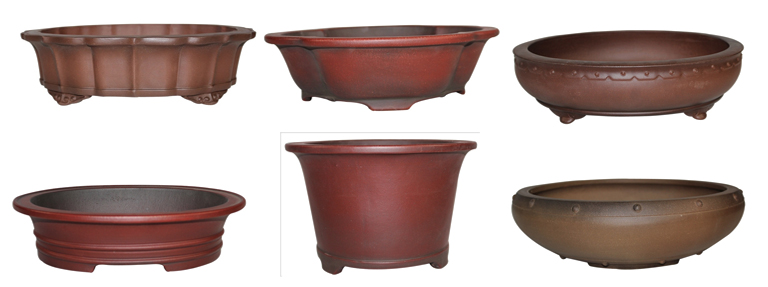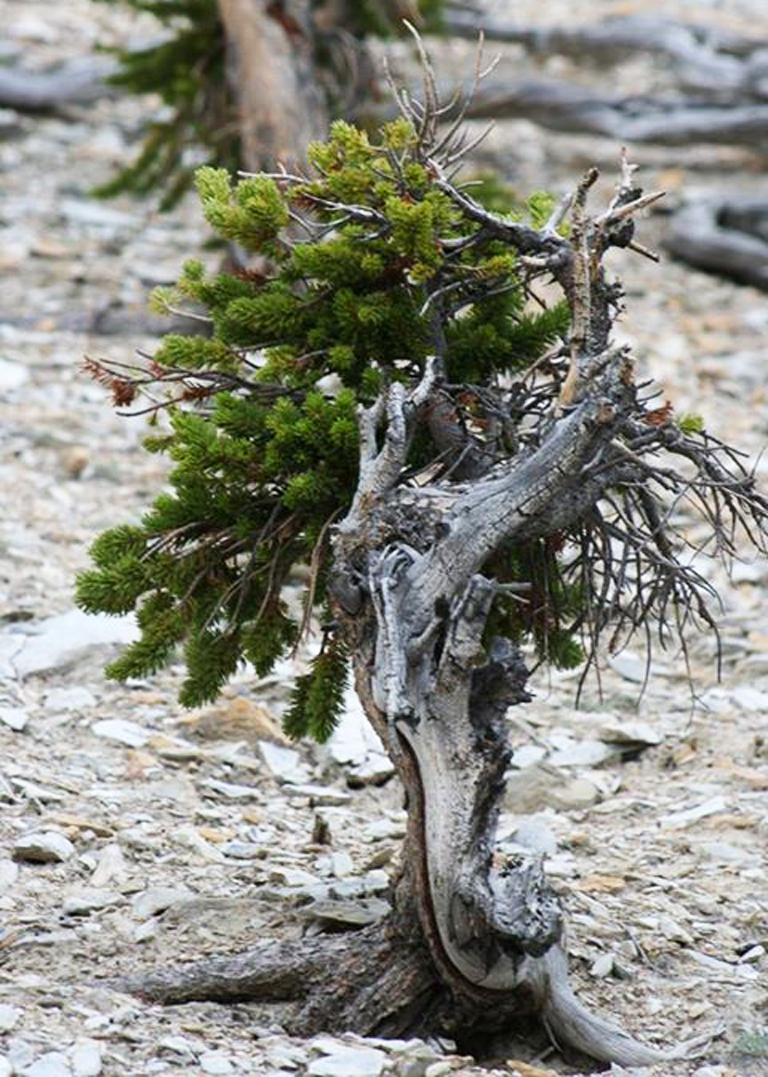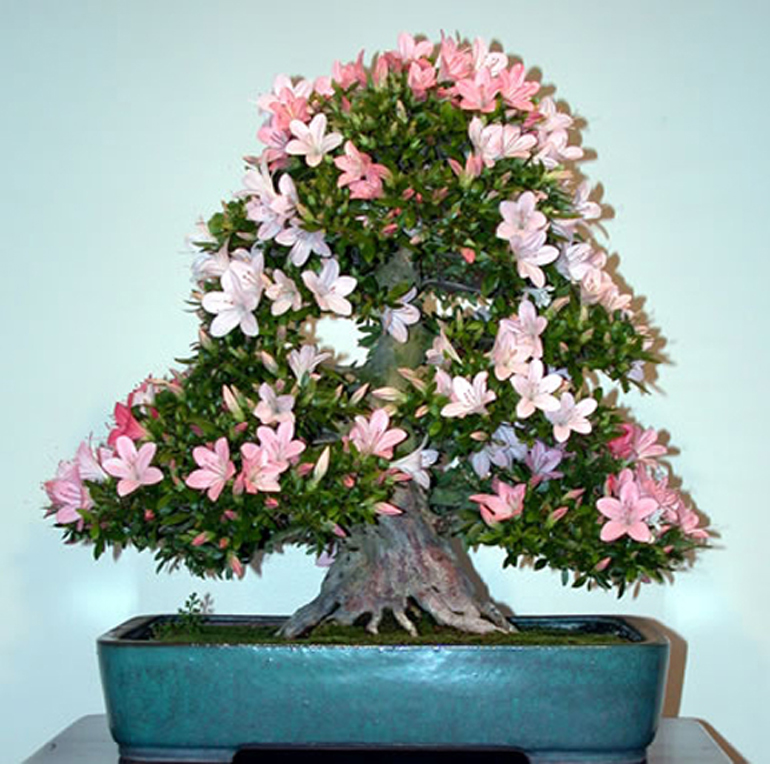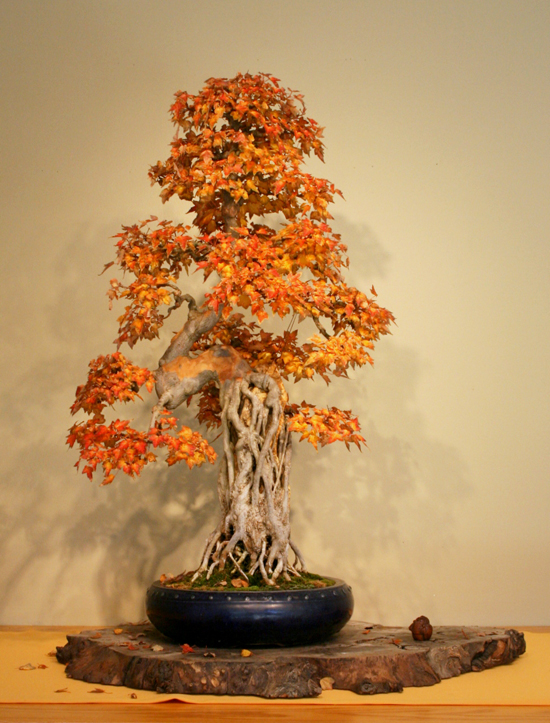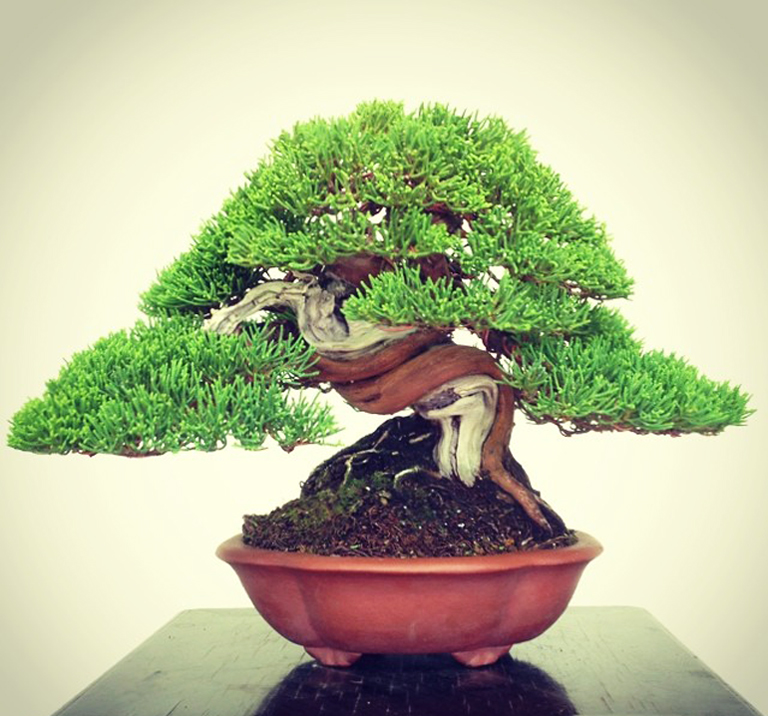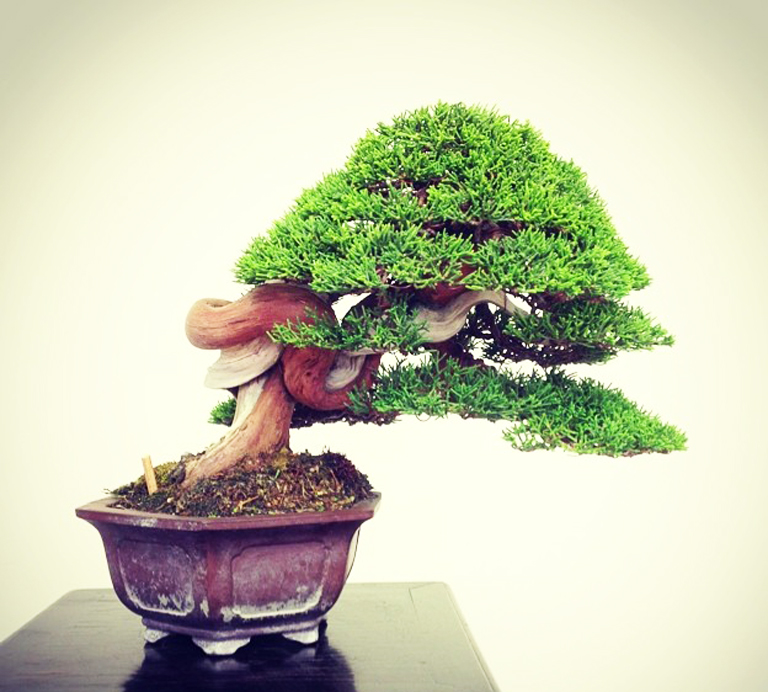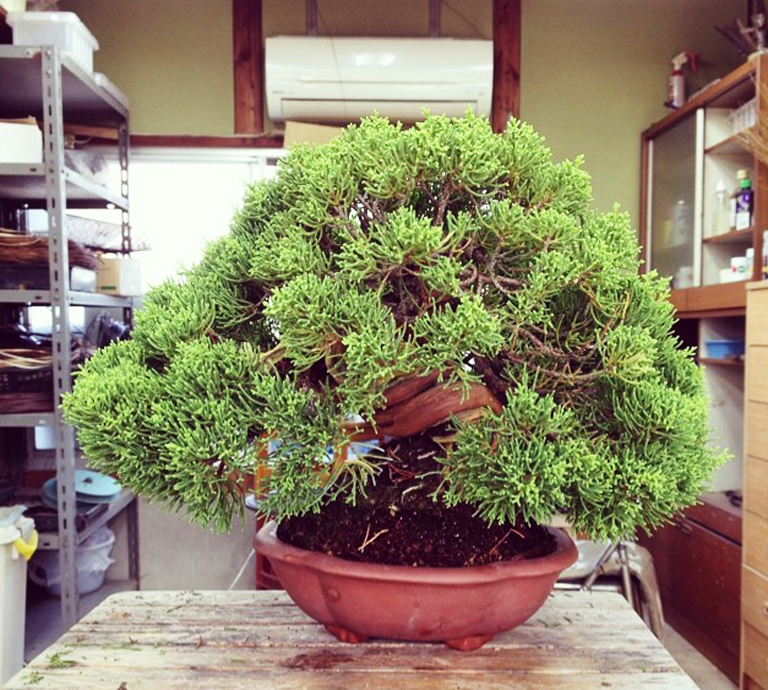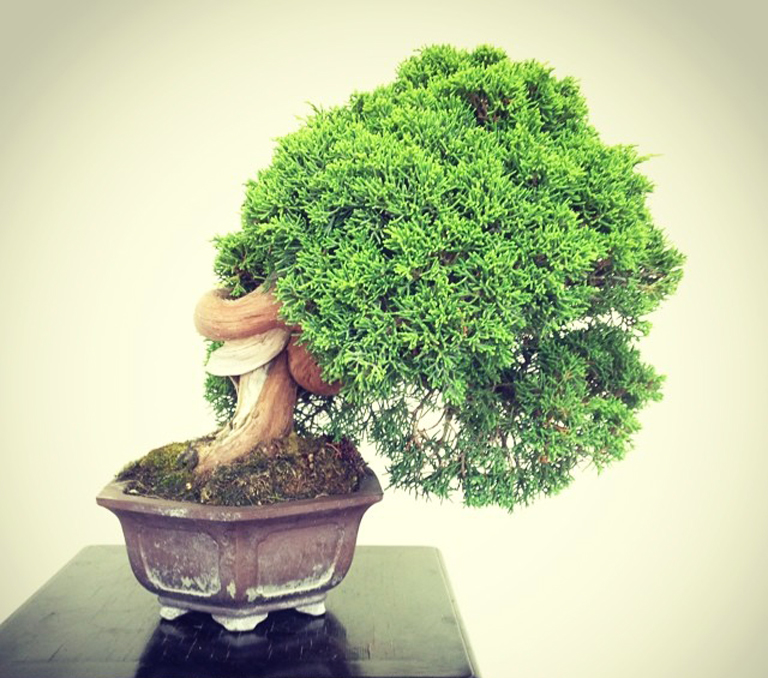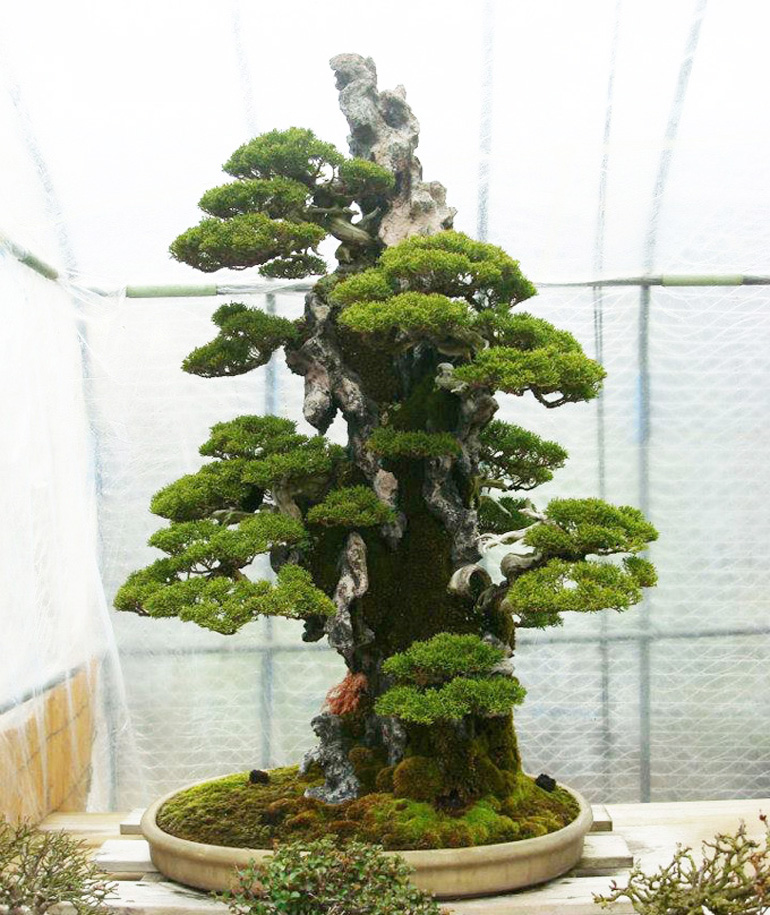
The mature look. It helps to start with well developed trees. I think most of us would be happy to have trees like these Shimpaku as single bonsai, let alone as parts of group plantings.
Summers are short here in Vermont, it’s Sunday morning and the sun has decided to make an appearance. Time to dig into our archives and vacate this office before petrification sets in.
We just mentioned Kimura (last post) so why not show some of his remarkable bonsai? This post originally appeared last summer. To shed a little more light, you might want to visit the original and take a look at the comments.
Kimura’s rock plantings. These photos are all from a facebook posting by Alejandro Sartori that he took during a recent visit to Masahiko Kimura’s nursery. I’ve chosen to pick out some rock plantings from a much larger selection of Alejandro’s photographs of Kimura’s trees. I think they represent an aspect of Kimura’s revolutionary bonsai journey that may not be as familiar as some of his other bonsai, particularly his famous dramatic large bonsai that he sculpted using chainsaws and other power tools.
I believe that the rocks in these photos were constructed by human hands. Quite possibly even by Kimura’s famous hands. There is a chapter in The Magician, the Bonsai Art of Kimura 2 that shows how to construct a layered vertical rock. The second photo down features one of these.
By the way, all of the plantings shown here are root-on-rock style as opposed to root-over-rock style.
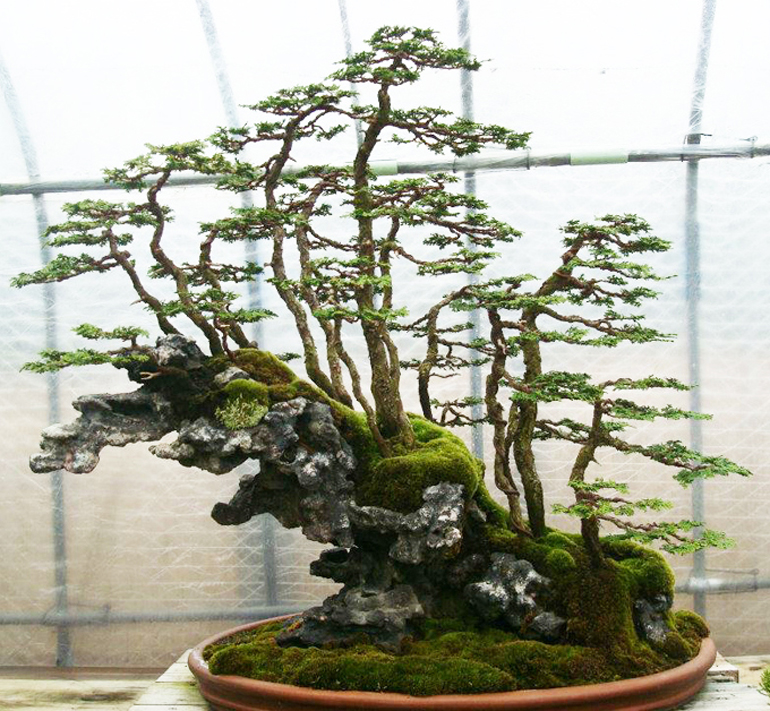
Are these trees Hinokis? It’s hard to tell for sure, but that’s my best guess. It’s also hard to tell the size of this planting without something to contrast it with, though you might imagine that it’s quite large. My guess is that the pot is somewhere around 30 inches (76cm), which would make the planting about 40 inches (100cm) across, but that’s just a guess.
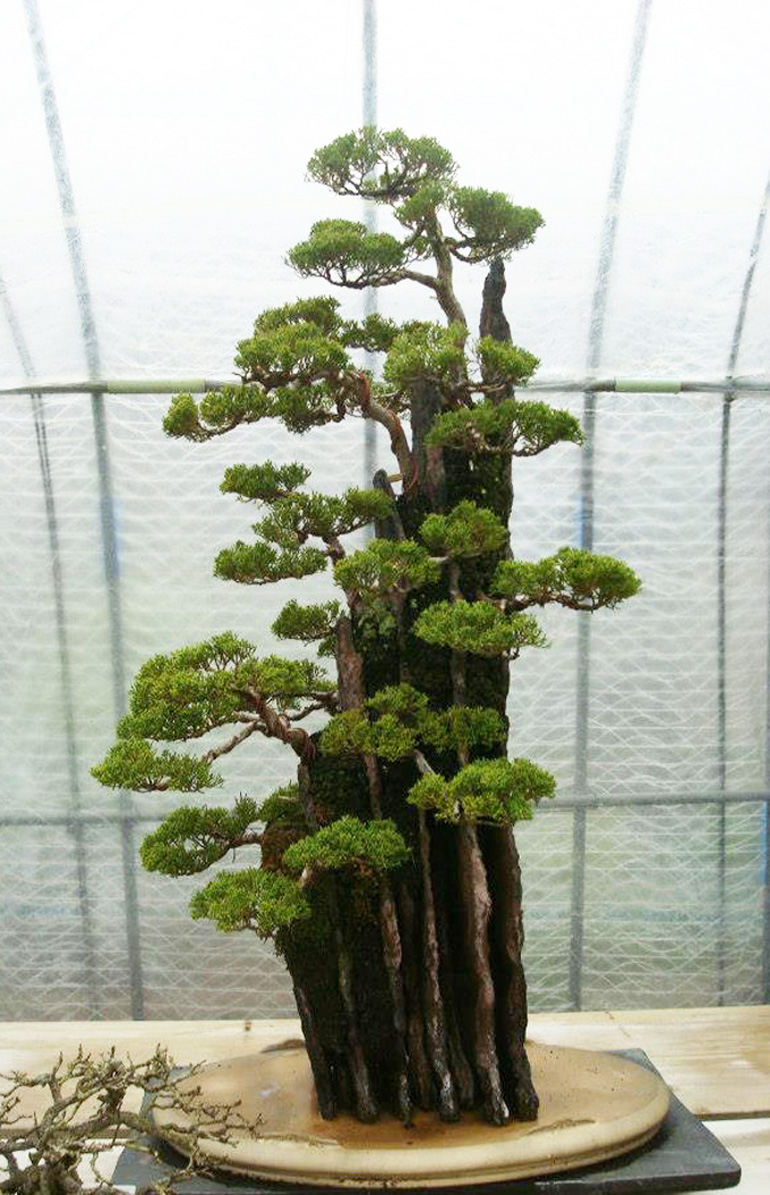
Another Shimpaku planting. The trees aren’t quite as developed in this one, but they’re still pretty good. It’s fairly easy to see that the rock was constructed in layers. There’s an excellent chapter in The Magician, the Bonsai Art of Kimura 2, where he shows how to do this.

I like the way the trees (Hinokis again?) grow straight up along the side of rock on this one. This serves to help create a dynamic sense of vertical movement (something like that anyway). This is further enhanced by the way the crown of the rock reaches up to the sky.
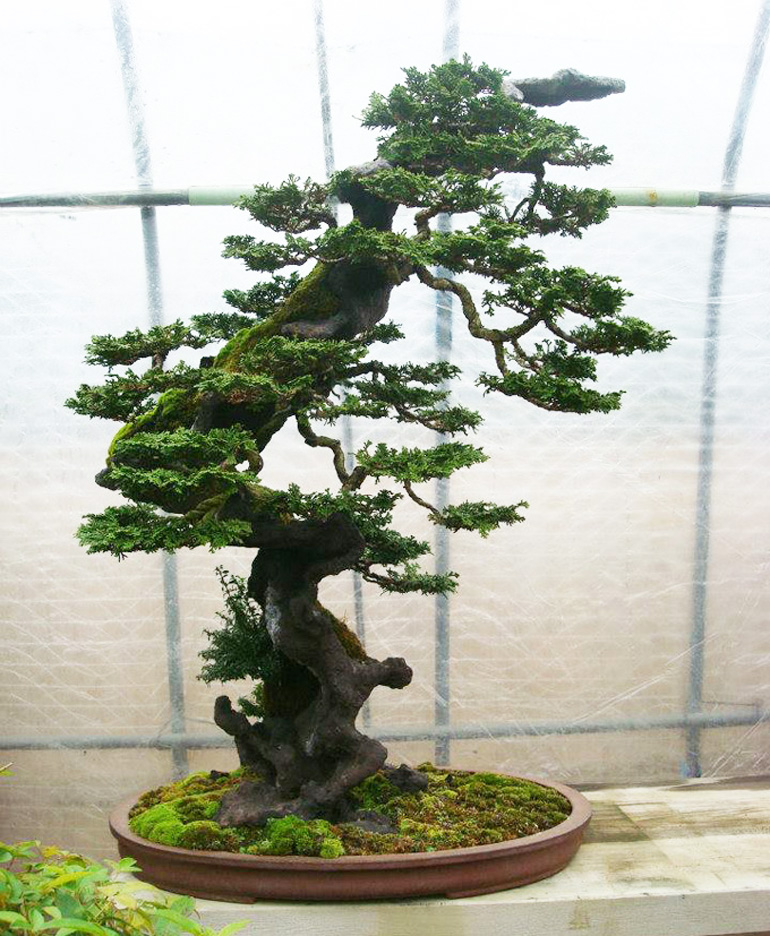
The eccentric. I think this one is the most unusual of the lot. Perhaps a big part of that unusual feel is the distinctive shape of the rock. In contrast to the planting immediately above, these trees (Hinokis again?) create a whole different feel by growing down and away from the rock.
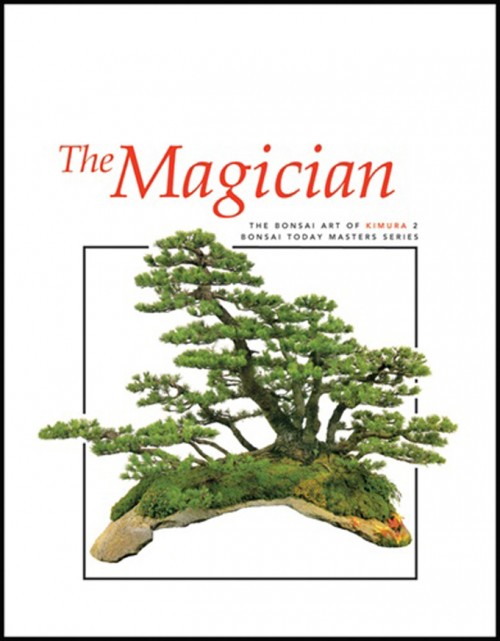
If you want to see how Kimura does it, this is the right book. And, it’s now on special at Stone Lantern.


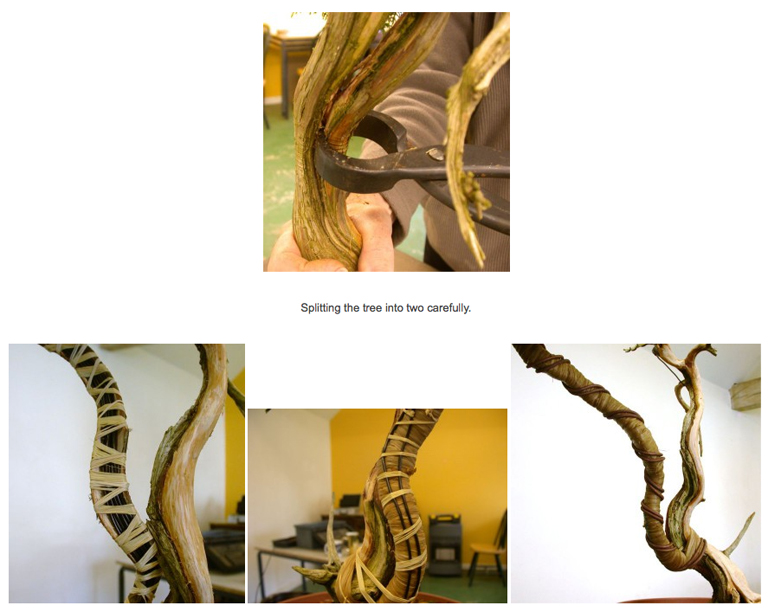
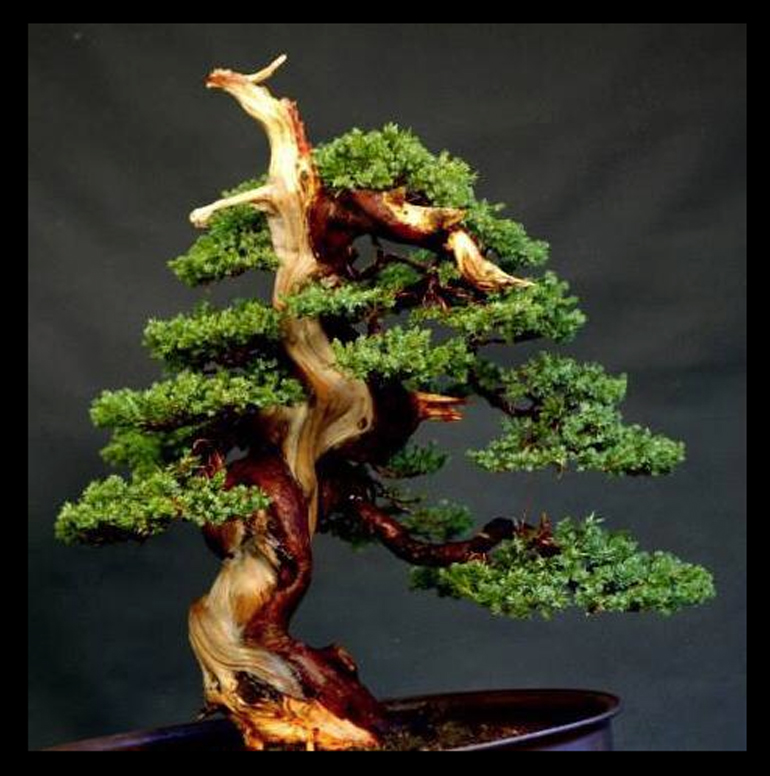
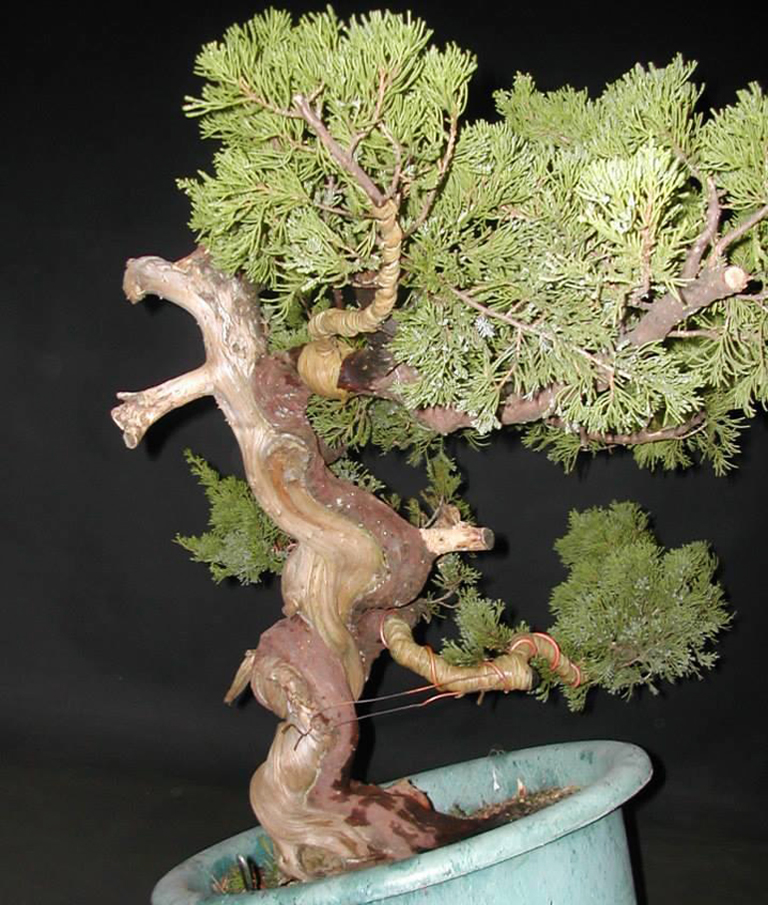

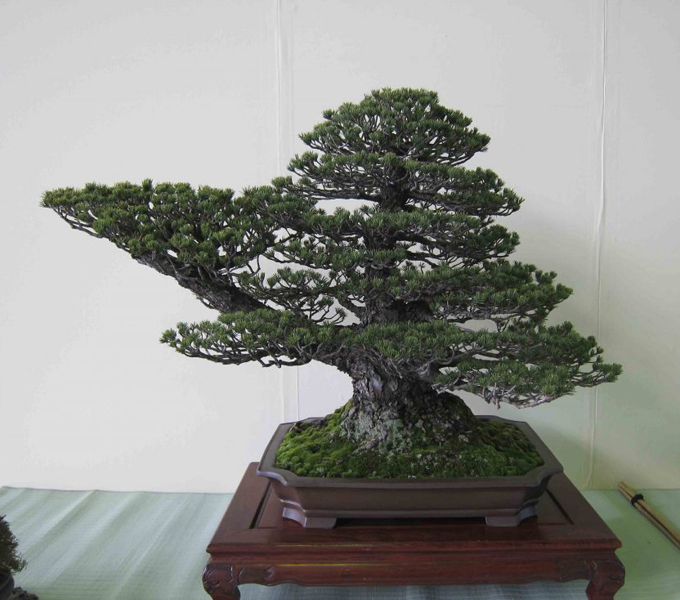
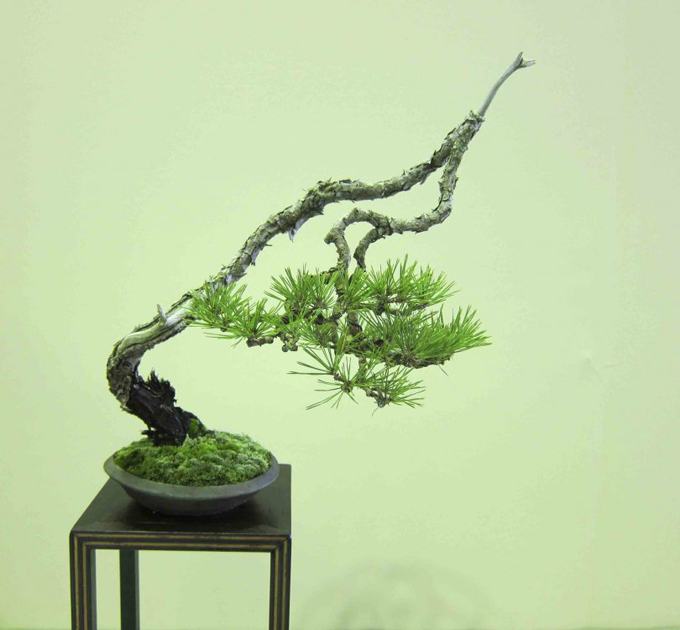

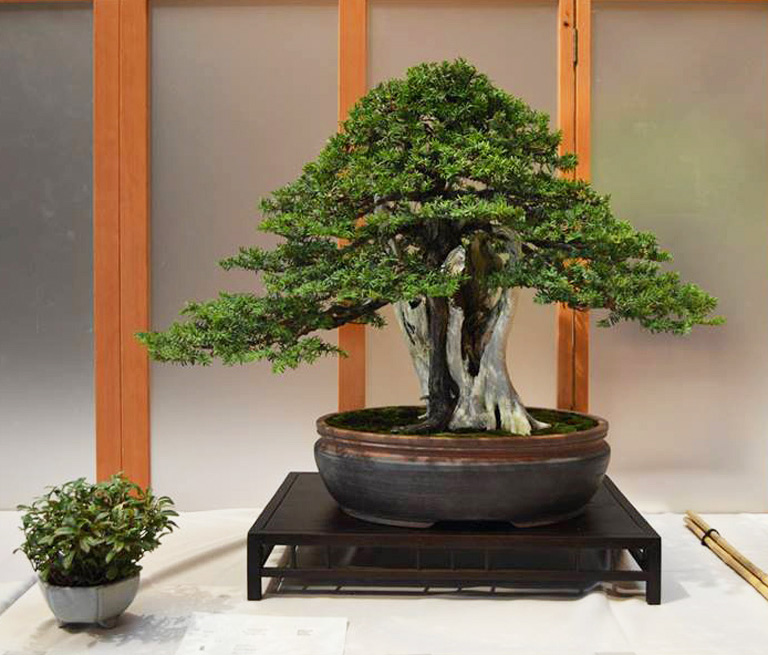 Usually I don’t like distracting backgrounds, but the vertical lines in this display aren’t too bad. It doesn’t hurt that the tree is so powerful. It looks like a Yew, but there’s no verification with the photo. I found it at
Usually I don’t like distracting backgrounds, but the vertical lines in this display aren’t too bad. It doesn’t hurt that the tree is so powerful. It looks like a Yew, but there’s no verification with the photo. I found it at 





 It’s been a while since we got stupid and gave stuff away. So, because it’s impossible to be smart all the time, we’re going to give you…
It’s been a while since we got stupid and gave stuff away. So, because it’s impossible to be smart all the time, we’re going to give you…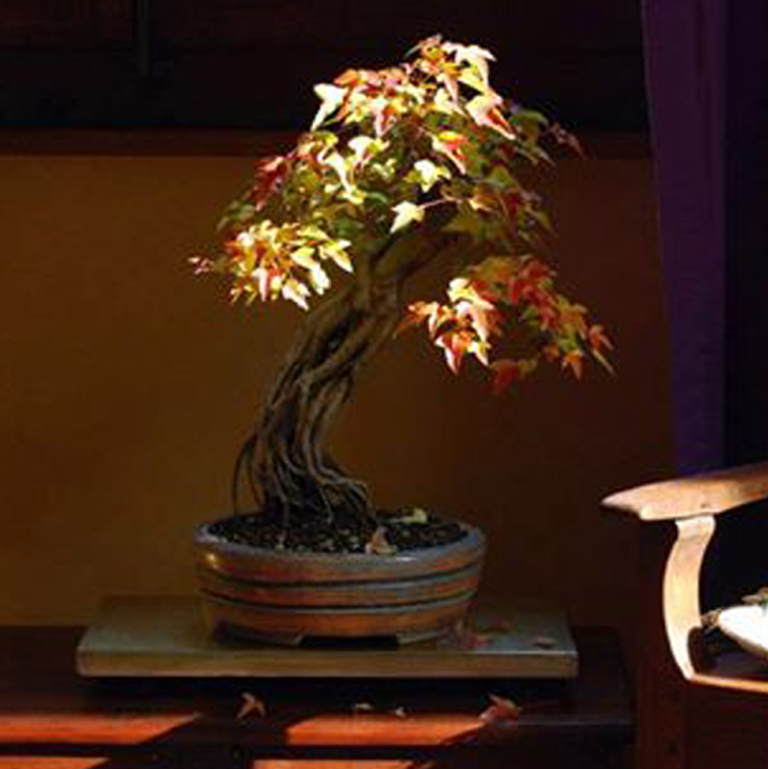
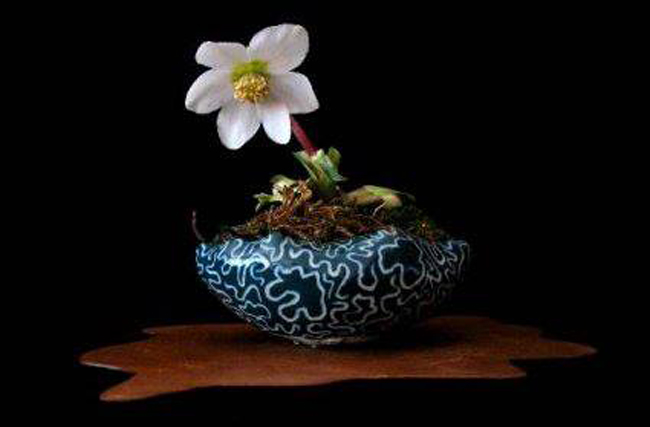

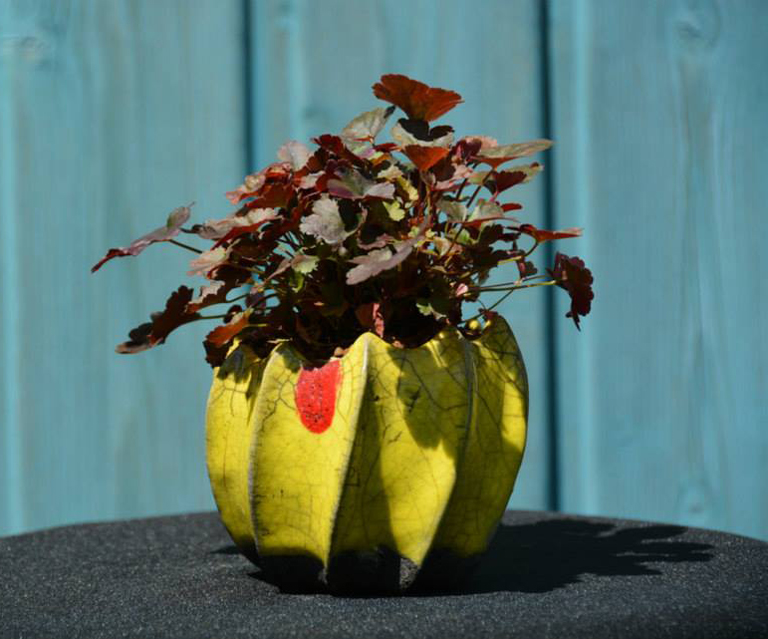
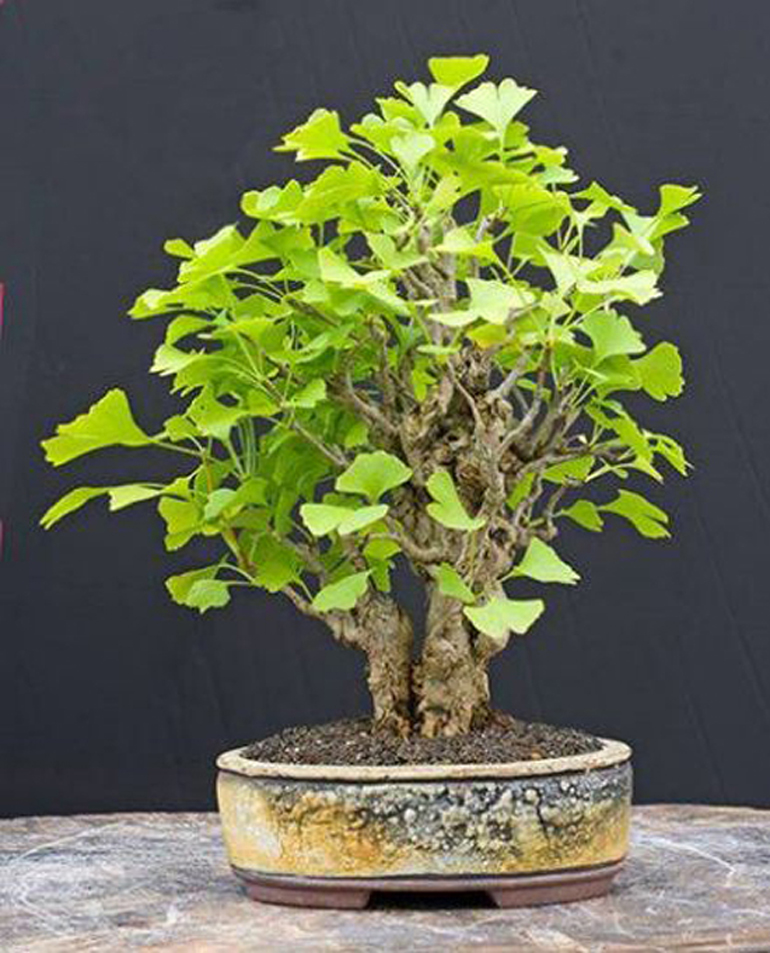


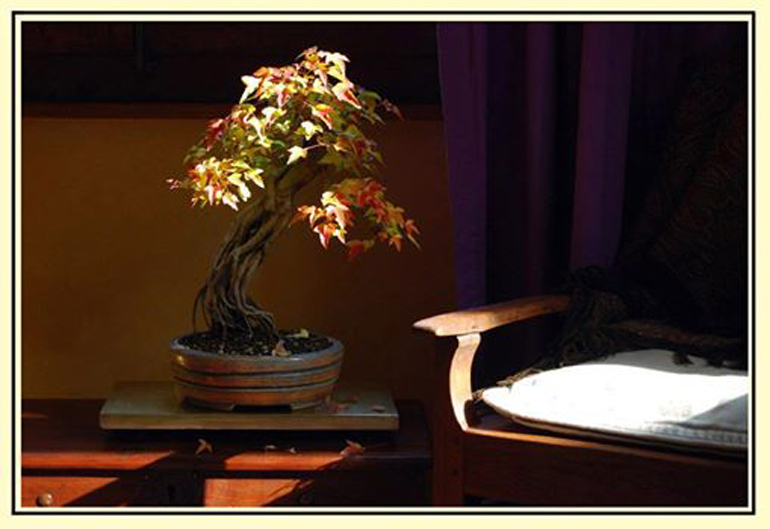 The uncropped original of the photo at the top of the post.
The uncropped original of the photo at the top of the post. 